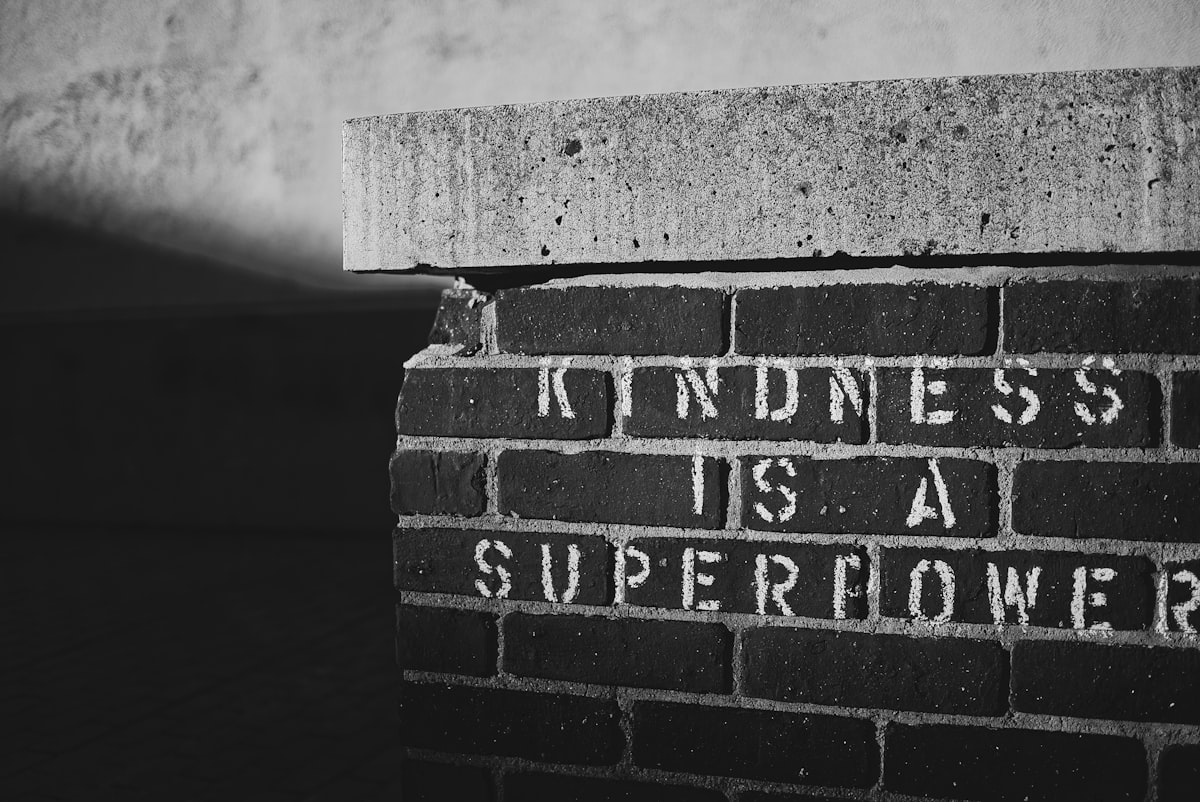How to Promote Student Happiness: Kindness, Mindfulness, and Resilience in the Classroom
Kindness, community service, mindfulness practices, gratitude practices, and building resilience can promote happiness in students.

According to a course called “Pursuing Happiness and a Meaningful Life” at MIT Sloan, up to 40% of happiness is determined by an individual’s activities and practices. The idea is to help people make the most of that opportunity. The course covers topics such as being kind to others, managing emotions, strengthening mental and physical well-being through mindfulness and gratitude, bolstering friendships and relationships, and building resilience.
Kindness, community service, mindfulness practices, gratitude practices, and building resilience can promote happiness in students.
Here are some ways that these ideas can be applied to the classroom.
1. Fostering Kindness and Relationships
Being kind to others is an important aspect of happiness. Teachers can encourage students to engage in acts of kindness by providing opportunities to help others, whether through volunteering, community service, or simply by being a good friend.
Incorporating community service opportunities throughout the school can promote a happier school culture. Including a post-service reflection, component can magnify the effects.
2. Encouraging Mindfulness and Gratitude
Another way to promote happiness is through mindfulness and gratitude. Teachers can encourage students to develop mindfulness practices through breathing exercises, meditation, or other techniques. Teachers may also encourage students to practice gratitude by keeping a journal, sharing what they are thankful for, or engaging in other activities that promote positive thinking. According to a study, students who completed a gratitude journal for two weeks reported an improvement in their school experience. Here are some resources for gratitude journals: Gratitude Journals and Kami.
3. Building Resilience
Building resilience is an essential aspect of happiness. Teachers can help students develop resilience by teaching them how to cope with failure, face challenges, and bounce back from setbacks. Some simple strategies to promote resilience in students include offering options for students who need a break, teaching them to notice their own body cues, and empowering them with leadership opportunities.
Teachers can also provide opportunities for students to reflect on their mistakes and learn from them, as well as celebrate their successes and build on their strengths.
By applying these insights, teachers can create a classroom environment that promotes happiness and well-being, leading to more engaged, successful, and fulfilled students.



